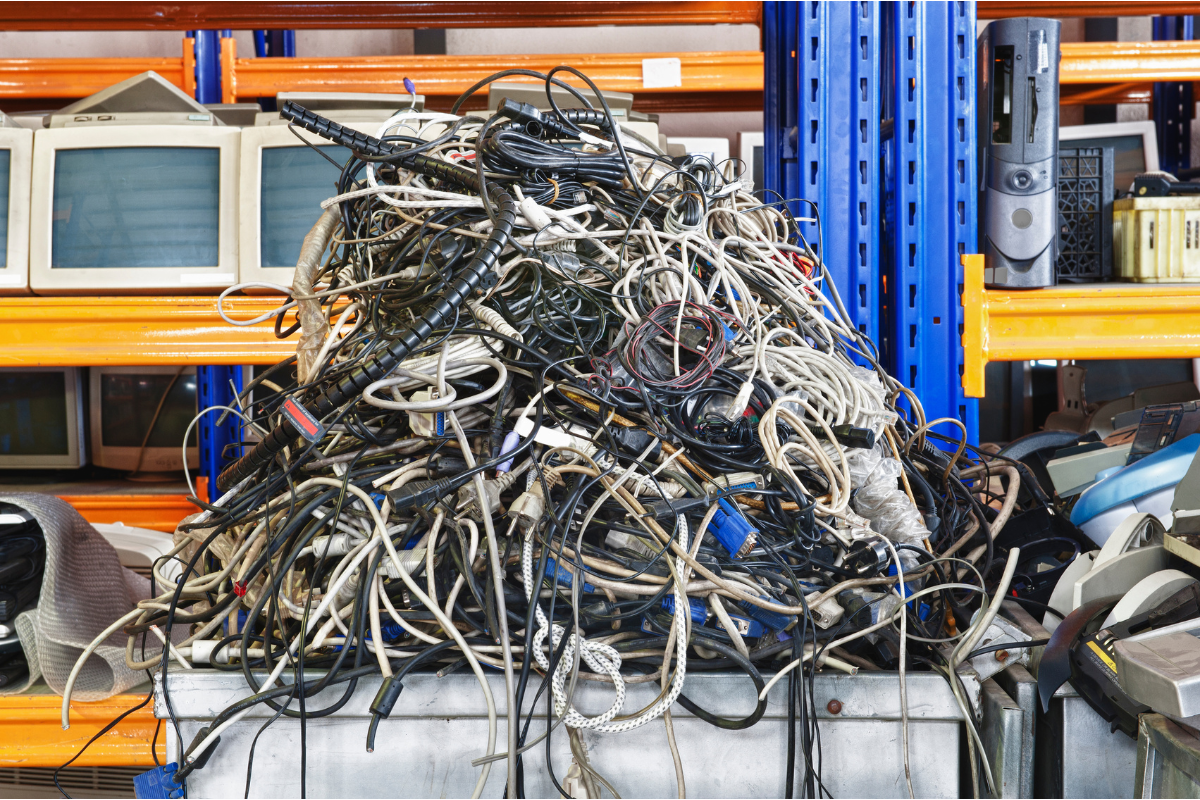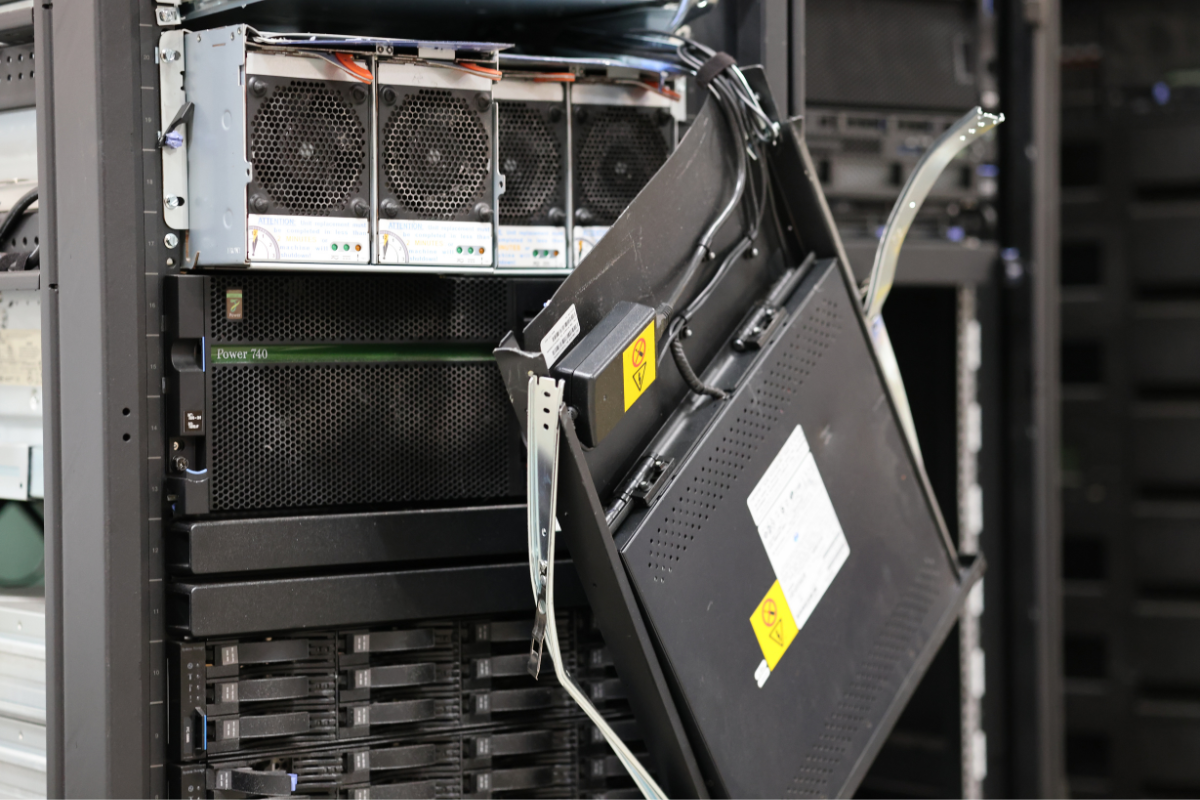
The Value of ITAD and E-Waste Recycling for Businesses
In today’s fast-paced business environment, technology evolves at an unprecedented rate. Companies are constantly upgrading their IT equipment, leaving them with a pile of outdated or unused electronics. But what happens to these devices once they’re no longer needed? Throwing them away isn’t just wasteful—it can also be costly and harmful to the environment.
This is where IT Asset Disposition (ITAD) and e-waste recycling come into play. These services offer businesses a way to responsibly dispose of old electronics while reaping significant benefits. In this blog, we’ll explore what ITAD and e-waste recycling are, how they work, and why they’re essential for modern businesses. You’ll learn about the financial, environmental, and legal advantages of incorporating these practices into your operations, and we’ll also provide tips on how to get started.
What is ITAD and E-Waste Recycling?
IT Asset Disposition (ITAD) refers to the process of managing and disposing of outdated or surplus IT equipment in a secure and environmentally responsible way. This includes everything from data destruction and hardware recycling to refurbishing and reselling usable equipment.
E-waste recycling, on the other hand, focuses specifically on the environmentally friendly disposal of electronic devices. This involves collecting, dismantling, and processing electronics to recover valuable materials like metals, plastics, and glass.

Financial Benefits of ITAD and E-Waste Recycling
One of the most significant advantages of incorporating ITAD and e-waste recycling into your business is the financial benefit.
Through ITAD services, businesses can refurbish and resell their old IT equipment. Many devices, even if outdated, still hold significant value. For example, computers, servers, and networking equipment can be refurbished and sold on secondary markets, providing a return on investment.
Improper disposal of e-waste can be costly, especially when considering potential fines for non-compliance with environmental regulations. By working with an ITAD provider, businesses can ensure that their electronics are disposed of in a compliant and cost-effective manner. Additionally, many ITAD providers offer buyback programs, where they purchase valuable electronics from businesses, further reducing disposal costs.
In some cases, businesses may be eligible for tax benefits when donating or recycling their IT equipment. Donating refurbished equipment to schools or non-profit organizations can qualify as a charitable contribution, providing a tax deduction.
Environmental Benefits of ITAD and E-Waste Recycling
Beyond financial gains, ITAD and e-waste recycling offer substantial environmental benefits. In a world where sustainability is becoming increasingly important, businesses have a responsibility to minimize their environmental impact.

E-waste is one of the fastest-growing waste streams globally, and improper disposal can lead to significant environmental harm. Electronics often contain hazardous materials such as lead, mercury, and cadmium, which can leach into the soil and water if not properly managed. By recycling e-waste, businesses help reduce the amount of electronic waste that ends up in landfills.
E-waste recycling also plays a critical role in conserving natural resources. Many electronic devices contain precious metals like gold, silver, and copper, which can be recovered and reused. By recycling these materials, businesses reduce the need for mining and resource extraction.
Incorporating ITAD and e-waste recycling into your business practices enhances your company’s Corporate Social Responsibility (CSR) profile. Consumers and clients are increasingly looking for businesses that prioritize sustainability and environmental stewardship.
Legal Benefits of ITAD and E-Waste Recycling
Compliance with environmental regulations and data protection laws is another critical aspect of ITAD and e-waste recycling. Failure to adhere to these regulations can result in significant legal and financial consequences.
When disposing of old IT equipment, it’s essential to ensure that all sensitive data is securely destroyed. ITAD providers offer specialized data destruction services that comply with industry standards and legal requirements. This includes services such as degaussing, shredding, and software-based data erasure.
Environmental regulations regarding the disposal of e-waste are becoming increasingly strict. In many regions, businesses are required to dispose of their electronic waste through certified recycling programs. By partnering with a certified ITAD provider, businesses can ensure that they comply with all relevant regulations, avoiding fines and legal issues.
Improper disposal of e-waste can lead to significant legal liabilities. For example, if hazardous materials from your old electronics contaminate the environment, your business could be held accountable for the cleanup costs. By using certified e-waste recycling services, you minimize the risk of legal liabilities associated with improper disposal.
How To Implement ITAD and E-Waste Recycling In Your Business
Implementing ITAD and e-waste recycling in your business doesn’t have to be complicated. Here’s a step-by-step guide to get you started:
1. Assess Your IT Inventory
Begin by taking an inventory of your IT assets. Identify which devices are outdated, no longer in use, or nearing the end of their life cycle. This will help you determine the scope of your ITAD and e-waste recycling needs.
2. Choose a Certified ITAD Provider
Partner with a certified ITAD provider like Reboot Tech. Look for a provider that offers a full range of services, including data destruction, refurbishment, and e-waste recycling. Ensure that the provider complies with industry standards and environmental regulations.
3. Develop an ITAD Policy
Create a formal ITAD policy that outlines the process for managing and disposing of IT assets. This policy should include guidelines for data destruction, recycling procedures, and documentation requirements. Make sure all employees are aware of and follow the policy.

4. Schedule Regular E-Waste Collection
Set up a schedule for regular e-waste collection and recycling. Depending on the size of your business, this could be monthly, quarterly, or annually. Regular collection ensures that outdated electronics don’t accumulate and that they are disposed of responsibly.
5. Monitor and Report
Keep track of your ITAD and e-waste recycling efforts. Monitor the amount of e-waste collected, the financial benefits gained, and the environmental impact reduced. Regular reporting can help you evaluate the effectiveness of your ITAD program and identify areas for improvement.
Making ITAD and E-Waste Recycling Work for Your Business
Incorporating ITAD and e-waste recycling into your business operations is not just a smart financial decision—it’s also an essential step towards reducing e-waste and legal compliance. By properly managing your IT assets, you can recover value from outdated equipment, reduce your environmental impact, and protect your business from legal liabilities.

Whether you’re a small business or a large corporation, ITAD and e-waste recycling offer tangible benefits that can help you achieve your financial, environmental, and legal goals. Start by assessing your IT inventory, choosing a certified ITAD provider, and developing a comprehensive ITAD policy. With the right approach, your business can turn the challenge of outdated electronics into an opportunity for growth and sustainability.
Reboot Tech is here to support your ITAD and e-waste recycling needs. Contact us today to learn more about our services and how we can help your business benefit from responsible IT asset management.





